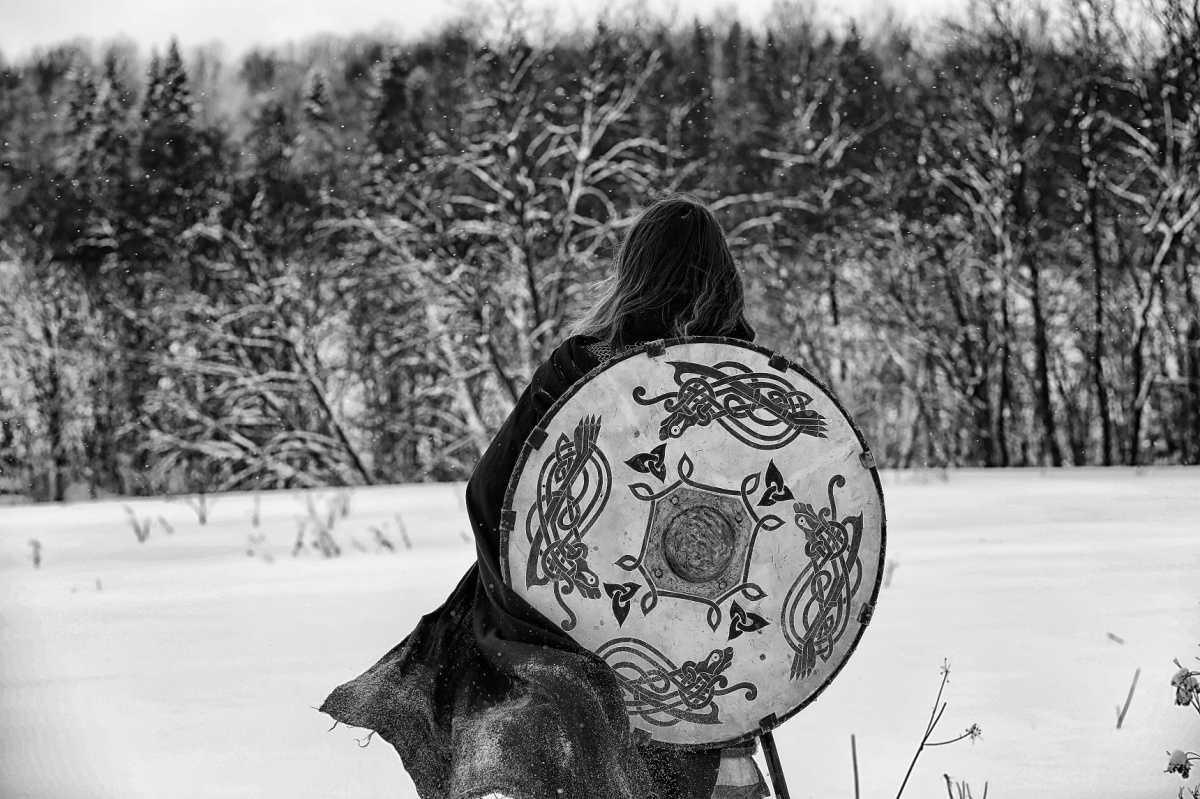Archaeologists have found traces of a climate disaster 1500-years-ago that might have inspired the legend of Ragnarök from Norse mythology.
Ragnarök is a series of events and natural disasters that culminates in the submersion of Midgard and the demise of Odin, Thor, Týr, Freyr, Heimdall, and Loki.
The legend first appears in the Völuspá, one of the Poetic Edda from the Icelandic Codex Regius, which tells the story of the world’s creation, end of days, and rebirth.
According to a paper published in the Journal of Archaeological Science Reports, Ragnarök may have roots in a real climate event that caused a decline in the population of Denmark 1,500-years-ago.
During the mid-6th century AD, two large volcanic eruptions took place on the American continent, releasing large volumes of ash and sulphur dioxide into the stratosphere that caused a radical shift towards colder climates over the Northern Hemisphere.
Contemporary accounts by Chinese chronicles describe the sun shining as pale and as cold as the moon, crops of grain not ripening, and the stars being shrouded for over a year due to the particles of volcanic material still in the stratosphere.
Scientists from the National Museum conducted a dendrochronological study of samples of Danish oak to understand the influence of climate changes on tree ring growth and the felling activity from between AD 300 to 800.
These samples are cross-referenced with ice core chronologies from Greenland, which have previously been employed to date historical volcanic eruptions by tracking aerosol deposits and amounts of sulphuric acid through precipitation.
The study found that in the three years between AD 539 and 541, the tree rings show a decline in tree growth and indicate a severe cooling global event that impacted growth conditions. They also suggest a change in land use in the form of abandonment and reforestation of otherwise cultivated land.
According to the study authors: “The chronologies highlight climate as an explanatory factor for the societal changes found in the archaeological material such as changes in settlement structures and materiality, reforestation, and ritual practices during the mid-sixth century.”
The archaeological record from this period also shows an increase in valuable objects and hoard deposits buried across Denmark.
The archaeologists propose that these deposits might have been ceremonial offerings intended to bring back the sun, as the people in Denmark may have anticipated a Fimbulwinter, the foreboding prelude to the events of Ragnarök.
Header Image Credit : Shutterstock
Sources : National Museum | https://doi.org/10.1016/j.jasrep.2024.104736


